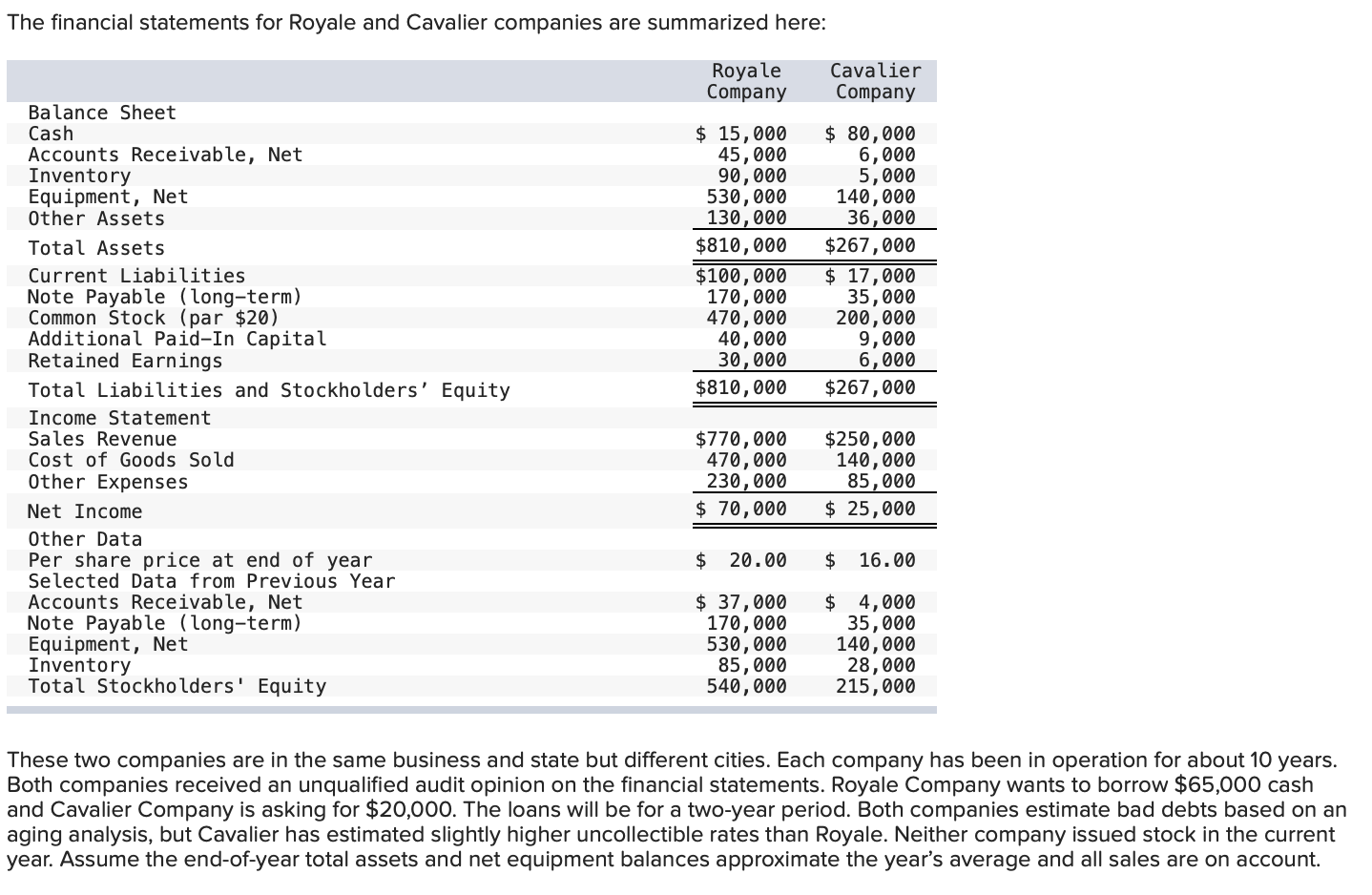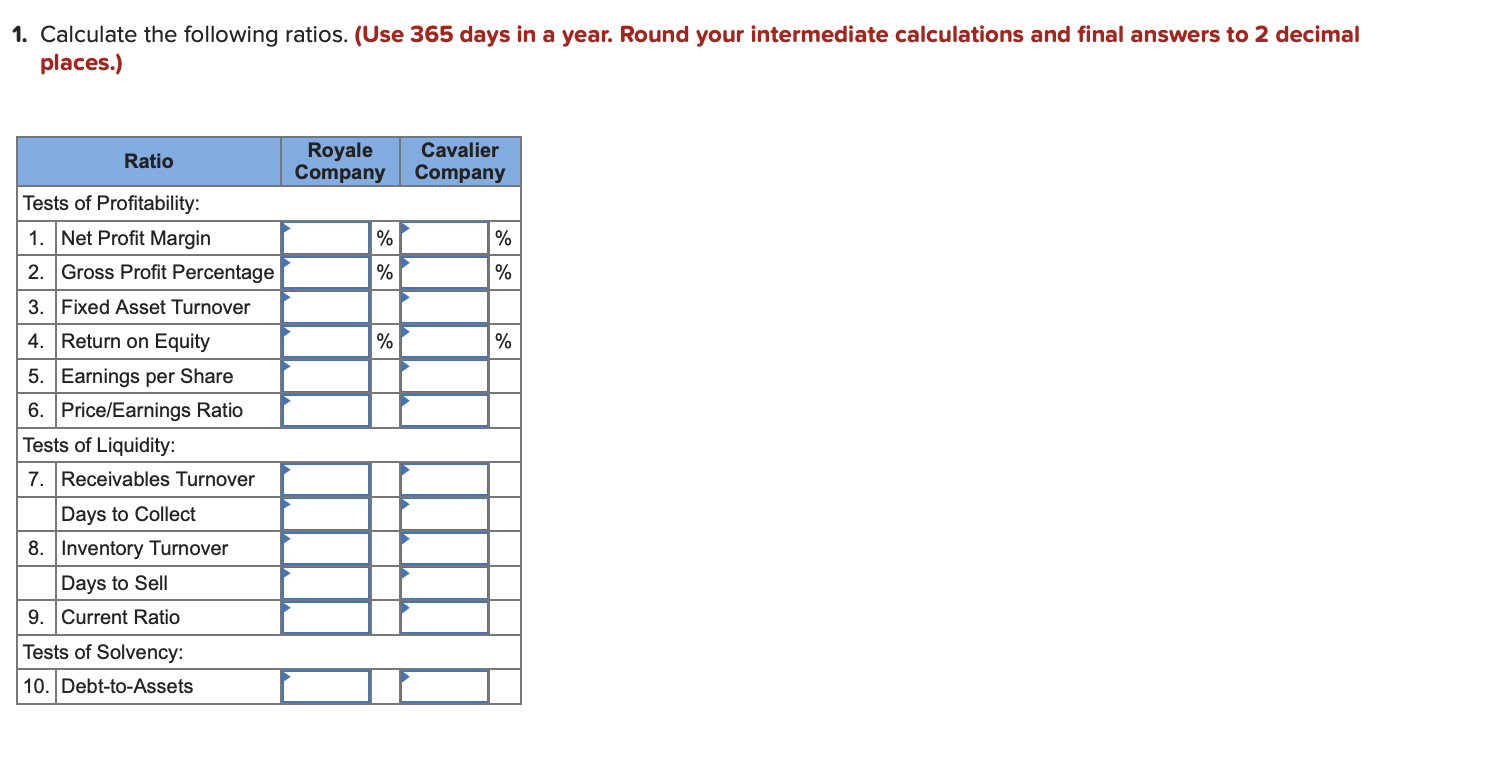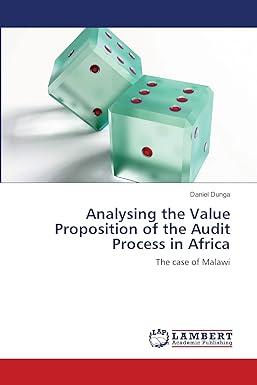Answered step by step
Verified Expert Solution
Question
1 Approved Answer
The financial statements for Royale and Cavalier companies are summarized here: Royale Company Cavalier Company $ 15,000 45,000 90,000 530,000 130,000 $810,000 $100,000 170,000 470,000


Step by Step Solution
There are 3 Steps involved in it
Step: 1

Get Instant Access to Expert-Tailored Solutions
See step-by-step solutions with expert insights and AI powered tools for academic success
Step: 2

Step: 3

Ace Your Homework with AI
Get the answers you need in no time with our AI-driven, step-by-step assistance
Get Started


